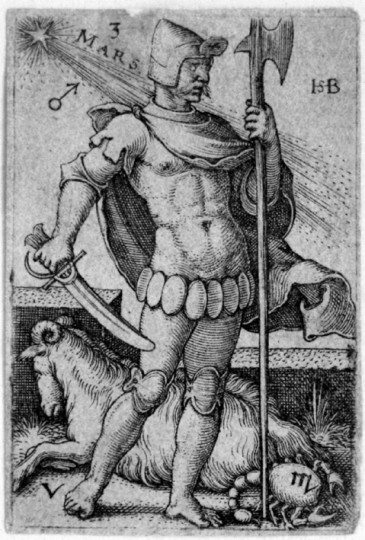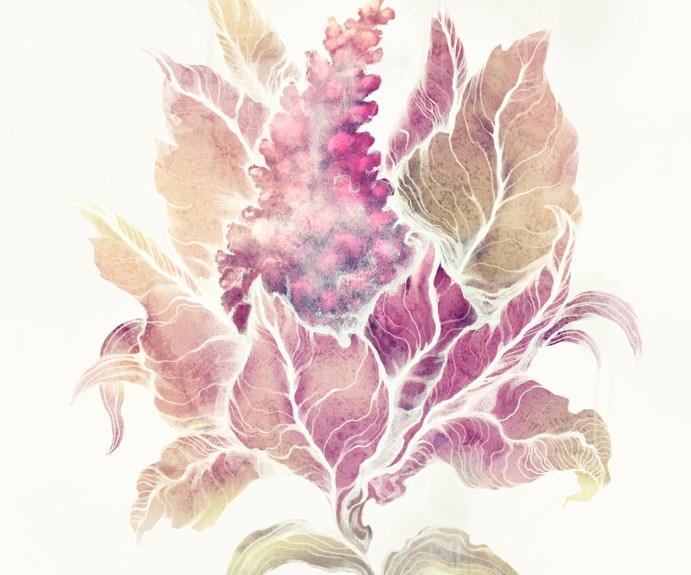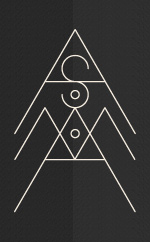Gender in Astrology

By pointing out the masculine/feminine dichotomy, I aim to unite the powers of each gender; rather than divide them. Explaining the gendered aspects of astrology can present a fuller understanding of the zodiac in terms of why people born under the same sign can differ so greatly. Therefore, I propose following a fluid model of thinking which denotes that gender should be viewed as a flexible self-concept, rather than a biological predetermination. I stress that both masculine and feminine traits, exist within all people across all cultures and all of them have value.
In astrology, we refer to gender as part of the nature of each sign. This does not assert that females or males must be defined by the traits linked to their respective genders. The signs and genders used in astrology are based on archetypes which have existed for thousands of years and can seem a bit politically incorrect by today’s standards. However, astrology was devised centuries ago, and relies on ancient archetypes, like gender, to help explain each sign.
In the teachings of Carl Jung, archetypes are defined as unconscious structures within the mind. The Western world collectively possesses these same structures and therefore is no stranger to compartmentalizing concepts such as gender. Unfortunately, the past two thousand years involved a prejudiced tarnishing of the stereotypically female traits. Due to Western society prizing masculinity over femininity, using traditional definitions of gender can be something that is offensive to many people (myself included). However, I have learned through avid studying, that the role of gender in astrology is not so black and white! It simply requires fluid thinking.
Our Western concept of masculinity and femininity are remarkably similar to the Yin and Yang energies portrayed by the familiar symbol seen in Taoism. I find Yin and Yang to express the gender divide in a more balanced and peaceful way. This symbol helps to show how the opposing energies of light and dark (masculine and feminine) cannot exist without the other. It also reveals how a hint of Yin rests in Yang and visa versa. Jung, like the Taoists, was able to recognize that men have feminine components within their personalities, and women have masculine components within theirs.
This psychologist named the masculine energy in women Animus, and the feminine energy in men, Anima. Similar to the symbol of Yin and Yang; Jung believed the balance of these archetypal forces to be crucial to happiness and productivity. When Anima or Animus is too powerful or weak, a person can suffer from stifling complexes and blockages that require personality work and sometimes therapy. Analyzing how signs predispose people to these kinds of blockages can help individuals grow and change in powerful ways. But with regard to gender, nothing is good or bad, it is more correctly explained as too little or too much. None-the-less, the most important thing to take away from Jung, Yin and Yang is: everybody contains the energies of BOTH forces (BOTH genders) within themselves.

